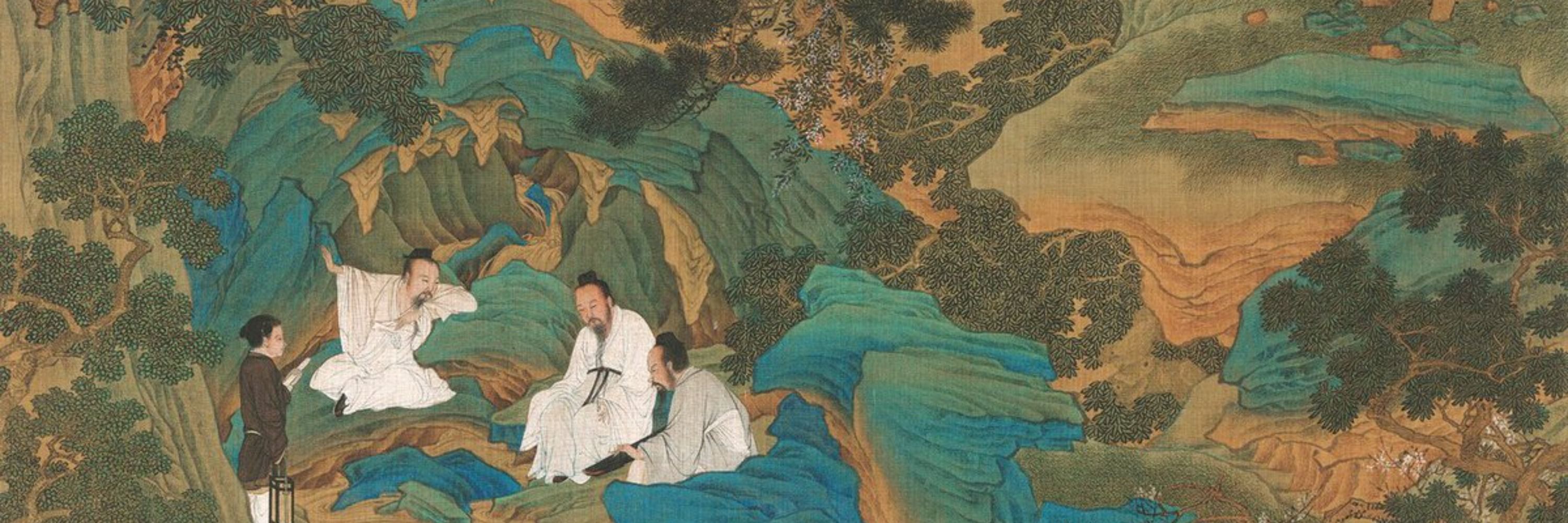XingWu🐉ChineseFolklore
@xingwu.bsky.social
4.4K followers
740 following
2.2K posts
@x1ngwu on X. I collect, translate and write about ancient Chinese folklore, mythology, and history. Love books and cats.
Mythology | Yaoguai(妖怪) | Ghost(鬼) | Art | Myth | Fantasy | History
Posts
Media
Videos
Starter Packs
Pinned


















